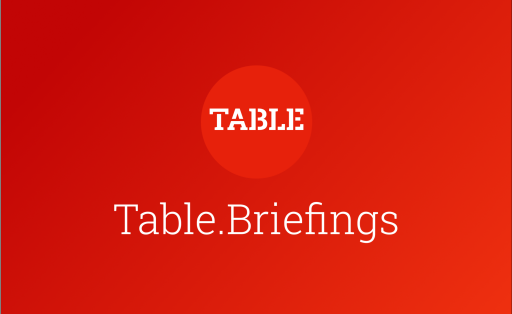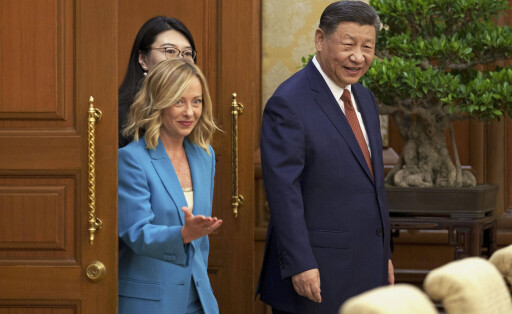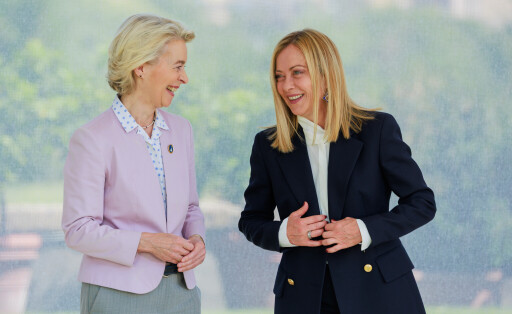Italy is in the political spotlight due to frequent changes of government and a fragmented party landscape. Giorgia Meloni has led a right-wing coalition since October 2022. Challenges such as economic recovery, the migration crisis and reforms demanded by the EU characterize the political agenda. What is politics like in Italy? Politics in Italy is characterized by a parliamentary republic consisting of a two-chamber parliament: the Chamber of Deputies and the Senate. The President has representative functions, while the Prime Minister leads the government. Italy has a fragmented party landscape. Important parties are the Partito Democratico (PD, center-left), the Lega (right), Forza Italia (FI, center-right), Fratelli d'Italia (FdI, right) and the populist Movimento 5 Stelle (M5S). Giorgia Meloni (FdI) has been Prime Minister since October 2022, supported by a right-wing coalition. The government's current challenges include the economic recovery following the COVID-19 pandemic, migration and the implementation of reforms required by the EU. Italy's economy, one of the largest in Europe, is struggling with high public debt and unemployment. Social policy issues such as pension reforms and the fight against poverty are key topics of debate. Italy is divided into 20 regions, some of which have special autonomy rights, such as Sicily and South Tyrol. These regions have their own parliaments and governments with significant powers in areas such as education and healthcare. As a founding member of the European Union, Italy plays an active role in European affairs, although relations with the EU are often controversial domestically, particularly on issues of fiscal policy and migration. Why does the government often change in Italy? The frequent changes of government in Italy are due to several factors: These factors together contribute to a political landscape characterized by frequent changes of government. Why has Italy been criticized recently? Italy has often been criticized recently for various reasons: These factors have recently put Italy in the spotlight of criticism, raising questions about its political and economic stability as well as its role in the international community. How is Italy dealing with the migration crisis? As the main country of arrival for migrants, Italy is facing major challenges. The government has taken measures such as stepping up border protection and rescue operations in the Mediterranean, but has also temporarily closed ports to NGO rescue ships. Agreements with North African countries, particularly Libya, are intended to reduce migration, but are controversial due to human rights concerns. The asylum system has been reformed to speed up procedures, but reception centers are often overcrowded and offer inadequate conditions. Politically, the issue is highly controversial, with right-wing parties calling for strict migration policies and others favoring more humanitarian approaches. Italy is calling for more EU solidarity and support in the distribution of asylum seekers, while internal and international criticism of the treatment of migrants continues.

Climate finance: These countries are not doing their fair share
While an increasing number of countries are contributing their “fair share“ to the USD 100 billion climate target, major donors continue to fall short of expectations. For the time being, 2023 may have marked the peak in bilateral climate finance.
By Nico Beckert


